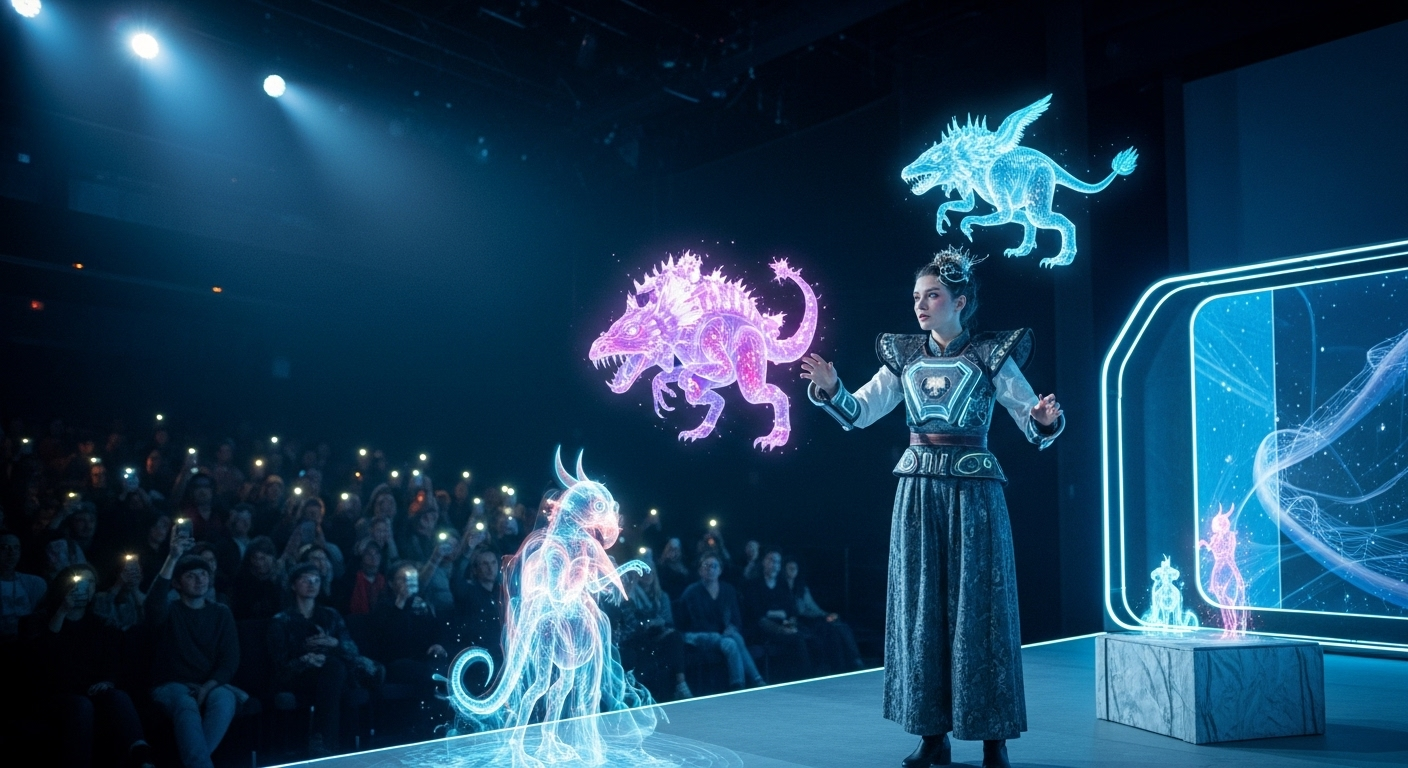Reinventing the Stage: The Future of Augmented Reality in Theatre
Augmented Reality (AR) is not a new concept; however, its utilization within the theatre industry is an emerging trend that's beginning to reshape the world of performing arts. By bridging the gap between the digital and physical, AR has the potential to revolutionize the way we experience theatre, creating immersive experiences that push the boundaries of traditional storytelling.

A Glimpse into History: The Birth of AR
Augmented Reality, while a relatively new term, can trace its roots back to the 1960s with the development of “Sensorama,” a machine designed by Morton Heilig that created a multisensory virtual reality experience. However, it wasn’t until the 1990s that the term “Augmented Reality” was coined. It was then that Tom Caudell, a researcher at Boeing, began using the technology to assist in wiring harness assembly. Since then, AR has evolved and found its way into various industries, including gaming, marketing, and now, theatre.
The Age of Augmented Reality: Current Updates
Now, theatre companies worldwide are beginning to experiment with AR, using it to enhance the audience’s experience and make performances more immersive. For instance, the Royal Shakespeare Company, in collaboration with Intel and The Imaginarium Studios, incorporated AR into their 2016 production of “The Tempest.”
AR in Theatre: Impact, Significance, and Reception
AR in theatre offers a new level of interaction and immersion, transforming the static stage into a dynamic world that extends beyond the proscenium. The impact is profound, creating a shift in how audiences perceive and engage with theatre.
Critics have lauded this integration of technology and performing arts, noting that it enhances storytelling rather than detracting from it. However, it’s not without its challenges. The cost and complexity of AR technology present significant barriers for many theatre companies.
The Future of AR in Theatre
With the potential to transform the theatre experience, AR is a trend that is likely to continue. As technology advances and becomes more accessible, we can expect to see more theatres incorporating AR into their productions. Despite the challenges, the future of AR in theatre looks promising, with the potential to redefine the boundaries of performance and audience engagement.
In conclusion, AR’s integration into theatre is an exciting development, reflecting the industry’s capacity for innovation and pushing the boundaries of traditional storytelling. As we look to the future, it’s clear that AR has the potential to revolutionize the theatre experience, creating new levels of immersion and interaction. While the challenges are significant, the possibilities are truly exciting, promising a future where theatre and technology seamlessly merge to create unforgettable experiences.
The age of Augmented Reality in theatre is just beginning, and it’s an exciting time to be an audience member. As we move forward, we can expect to see more theatre companies experimenting with AR, pushing the boundaries of performance and creating immersive experiences that redefine our understanding of what theatre can be.




